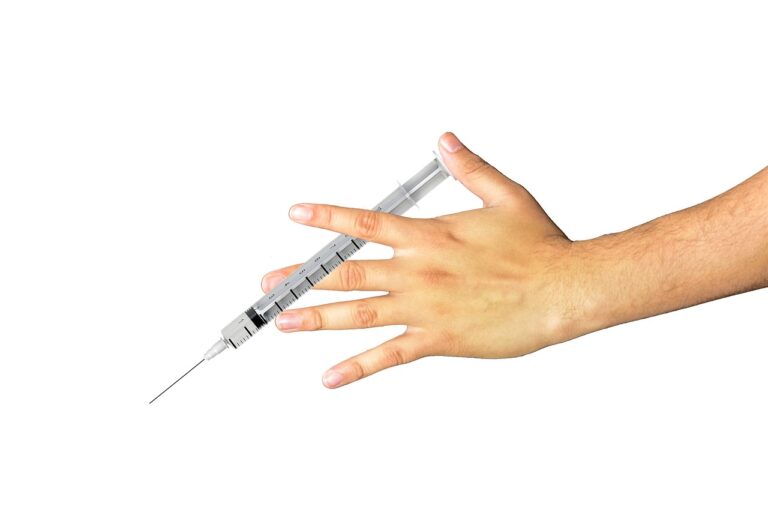 By Rabbi Yair Hoffman for the Five Towns Jewish Times
By Rabbi Yair Hoffman for the Five Towns Jewish Times
Not all Shofars are lechatchilah, and if the curl is artificial, we enter into a machlokes.
THE SOURCES
The Gemorah in Rosh Hashana (16a) cites Rabbi Abahu who asks: “Why do we blow the shofar of a ram? He answers that the Holy One Blessed be He says, Blast before Me with the shofar of a Ram so that I will remember the sacrifice of Yitzchok the son of Avrohom, and I shall consider it as if you have offered yourselves.”
There is another Mishna (RH 26b) which tells us that a shofar should be kafuf bent over or curled. The reason, according to the Gemorah, is that the more bent over (humbled) a person is, the better it is for his davening. In an age where we are witnessing record narcissism, the idea of a curled Shofar is particularly relevant.
WHAT IS A RAM?
What is a ram? A ram in Hebrew is an ayil – a male sheep. Some people erroneously confuse it with an ayal – spelled the same way but is actually a deer – it is different than a tzvi because an ayal has branching horns.
According to the Mishna (Parah 1:2), a ram is only considered an ayil when it is thirteen months and one day old. Before that it is a keves but not an ayil.
GREAT DEBATE
In regard to the matter of the requirement of a ram – there is a great debate among the Rishonim. The Rambam (Hilchos Shofar 1:1), Tosfos (RH 26b), and the Mordechai all hold that the requirement for the horn to be from a ram is absolute – it is me’akaiv and it is forbidden to dispense with this requirement.
On the other hand, the Raavad and the Rosh both are of the opinion that it is not an absolute requirement and that it is just that ideally, a ram’s horm must be used.
There seems to be a third opinion and that is the opinion of the Ritvah – that there is no obligation whatsoever to use a ram’s horm – it is just that the minhag in Klal Yisroel had developed to use a ram’s horn. Rabbi Abahu’s statement was in explanation of why and how the minhag had developed.
SHULCHAN ARUCH
How does the Shulchan Aruch rule? The Shulchan Aruch (OC 586:1) seems to rule in accordance with the Raavad and Rosh. The shofar should also be curled or kafuf. This is mentioned in the same paragraph in Shulchan Aruch.
The Mishna Brurah points out that since the issue of it being curled is found in the Mishna while that of it being from a ram is a minhag, when there is a choice of two shofars a straight shofar from a ram or a curled shofar from another animal – one should take the curled shofar.
SYNTHETIC CURLS
The way shofars are manufactured nowadays is that heat is used to melt and curl the shofar. Some Poskim hold that a synthetically manufactured curl does not fit the requirement of curled that is found in the Mishna.
The halacha of Kafuf would fit perfectly into a biology textbook with regard to studying genes. Scientifically, there are three genes that control horns, the are P, p, and p’. P means the animal will be polled – that is, no horns, while p means that the male for will have horns. The third gene p’ means even the females will have horns. P is dominant over p – thus Pp means that it will not have horns but its children may. If two Pps marry (so to speak) then 25 percent of the children will be PPs (meaning its children will never have horns); 50 percent of the children will be Pps too, non-horned but their kids may have; and 25 percent of the children will be horned.
Of course shofar breeders would prefer pp parents.
Is an artificially curled shofar, therefore, invalid?
Rav Moshe Shternbuch in his Moadim UZmanim (Vol. VIII #5) seems to indicate that if in the animal’s lifetime the shofar was straight and it was artificially curved, then it is indeed invalid. However, Rav Yoseph Teomim, author of the Pri Magadim in both his Aishel Avrohom and in his Mishbetzes HaZahav indicates that bdi’eved it may still be valid.
MALE RAM’S HORN
Rabbi Dovid HaLevi, the author of the Taz, writes (OC 566:1) that the Mehadrin try to take the horn of a male ram, which is most similar to the original ram that was used in Yitzchok’s stead. The Aruch HaShulchan comments that sheep do not have horns, however, we see clearly that there are types of sheep that certainly do have horns. The Chochom Tzvi in a response (#78) writes that they just do not exist in our breeds.
Before human beings started fiddling with breeding, all rams (males) had horns, while some sheep had horns and others did not, depending upon their breed, gender, and genetics.
In some sheep breeds, both the males and the females have horns. In most breeds, however, only the rams have horns. The term for those breeds that did not have horns is called, “polled.” Partial or undeveloped horns are called “scurs.”
The horn of a living sheep or ram has blood that flows through it. If it breaks or is cut off, it will bleed. When the ram or sheep dies, the interior part of the horn begins to dry up. A sheep or ram’s horns are hollow. They consist of a keratinous sheath which covers a bony core that is attached to the animal’s skull. Horns will grow through a sheep or ram’s lifetime. The most rapid growth occurs during the first two to three years of life.
Sheep horns generally curl and spiral. Goat horns grow straight.
RIGHT HORN
The Kausenberger Rebbe was stringent use only the right horn of the ram. His reasoning was based upon the Pirkei D’Rebbe Eliezer (chapter 31) which states that the shofar blown on har Sinai was from the left side of the original ram used instead of Yitzchok Avinu. However, during the future kibutz golius, Hashem kavyachol will sound the shofar from the original ram’s right side. The Kaluseberger Rebbe tried to emulate the future sounding.
Some sheep actually have multiple horns. The Jacob, for example is known for having four horns! This is also true for the Icelandic and Navajo Churro. It would seem that if the Klausenberger used the Jacob, he would have a choice of two – the upper right or the lower right. It is undetermined, however, whether he would have had a preference for the top one or the bottom one.
PHILOSOPHICAL CONCLUSIONS
Perhaps we can make a philosophical conclusion here, that although ideally a ram’s home is preferable because it brings up feelings of “we are sacrificing ourselves” – it is more important to be humbler, to rid ourselves of any bout of gaavah, hubris, and narcissistic behavior. The idea of “we know better than all others” and a self-centeredness that trumps the concern that we must have for all others, has no place in what Hashem wants for the world. Certainly, for Rosh haShana we should try for kafuf, both in our shofars and in our own deportment.
The author can be reached at [email protected]










